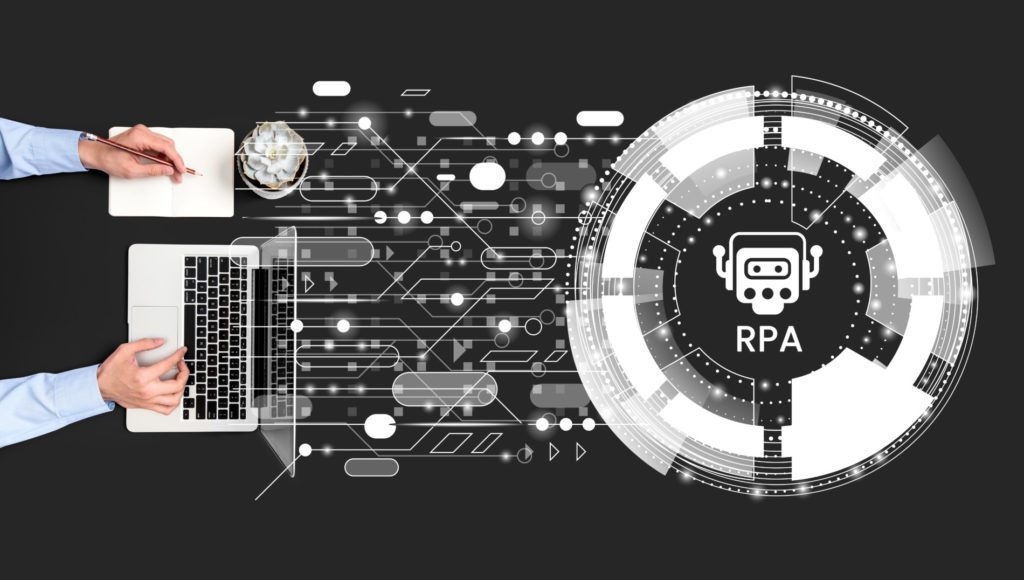Empowering Smart Systems: The Interplay of IoT and AI
Empowering Smart Systems: The Interplay of IoT and AI
15 June 2023
In today’s rapidly advancing technological landscape, two cutting-edge technologies, the Internet of Things (IoT) and artificial intelligence (AI), have emerged as game-changers. While IoT enables the interconnection of physical devices, AI empowers machines to simulate human intelligence. However, it is their synergistic connection that holds immense potential for revolutionizing various industries and driving innovation. In this blog, we will explore the profound relationship between IoT and AI, uncovering how their integration can create smart systems and unlock new possibilities.
Enhancing Data-Driven Insights
By combining IoT’s ability to collect vast amounts of real-time data with AI’s analytical capabilities, organizations can gain valuable insights for informed decision-making. IoT devices generate a continuous stream of data, which AI algorithms can process, analyze, and derive actionable intelligence from. This enables businesses to optimize processes, identify patterns, predict outcomes, and make data-driven decisions with unprecedented precision and efficiency.
Intelligent Automation and Efficiency
IoT and AI integration facilitate intelligent automation by enabling devices and systems to act autonomously based on AI algorithms. This synergy allows for smart applications such as automated energy management, predictive maintenance, and optimized resource allocation. For example, AI algorithms can analyze IoT sensor data to detect anomalies or patterns that indicate potential faults in machinery, triggering automatic maintenance actions to prevent costly breakdowns and downtime.
Personalized User Experiences
The combination of IoT and AI empowers personalized user experiences by tailoring products and services to individual preferences. IoT devices collect user data, while AI algorithms process and analyze this data to gain insights into user behavior, preferences, and needs. This information can then be utilized to deliver personalized recommendations, customized content, and seamless interactions, enhancing customer satisfaction and engagement across various domains, from e-commerce to healthcare.
Advanced Predictive Capabilities
IoT and AI integration enable advanced predictive capabilities, transforming industries such as healthcare, logistics, and manufacturing. By leveraging AI algorithms on IoT data, organizations can forecast events, trends, and outcomes with greater accuracy. For instance, in healthcare, wearable IoT devices can continuously monitor vital signs, while AI algorithms can analyze this data to detect early signs of health issues and provide timely interventions, ultimately improving patient outcomes and reducing healthcare costs.
Real-time Decision-making
The real-time nature of IoT data, coupled with AI’s ability to analyze and interpret that data instantaneously, empowers real-time decision-making. This is particularly valuable in time-sensitive situations where immediate actions can have a significant impact. For example, in smart cities, IoT devices can monitor traffic patterns in real-time, while AI algorithms can analyze the data to optimize traffic flow, reduce congestion, and enhance overall urban mobility.
Conclusion
The combination of IoT and AI creates a powerful synergy that can revolutionize industries, optimize processes, and enhance user experiences. From enabling data-driven insights and intelligent automation to personalizing user experiences and facilitating advanced predictions, the connection between IoT and AI unlocks a realm of possibilities. As organizations continue to explore and harness the potential of this synergy, we can expect to witness further advancements that drive innovation and transform our world into a smarter, more connected, and intelligent ecosystem.


